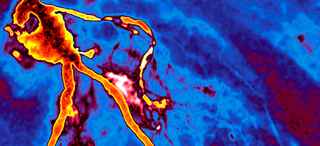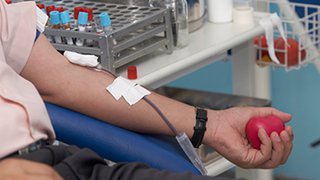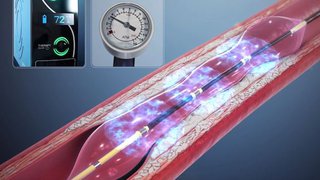Combining attentive, compassionate care with our extensive clinical and research resources, UT Southwestern's cardiology experts and vascular specialists deliver individualized care within pre-eminent health care facilities.
Cardiovascular Imaging
New Patient Appointment or 214-645-9729
MedBlog
Results: 2 Locations
Cardiology
at UT Southwestern Medical Center at Park Cities 8611 Hillcrest Road, 2nd FloorDallas, Texas 75225 214-692-3135 Directions to Cardiology at UT Southwestern Medical Center at Park Cities, Dallas Parking Info for Cardiology
Clinical Heart and Vascular Center
at West Campus Building 3 2001 Inwood Road, 5th FloorDallas, Texas 75390 214-645-8000 Directions to Clinical Heart and Vascular Center at West Campus Building 3, Dallas Parking Info for Clinical Heart and Vascular Center










